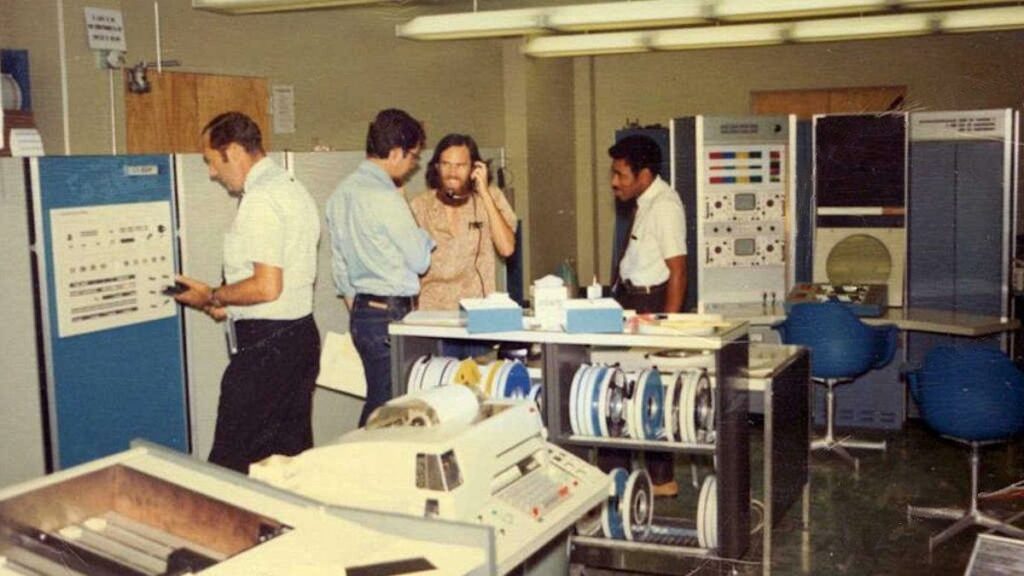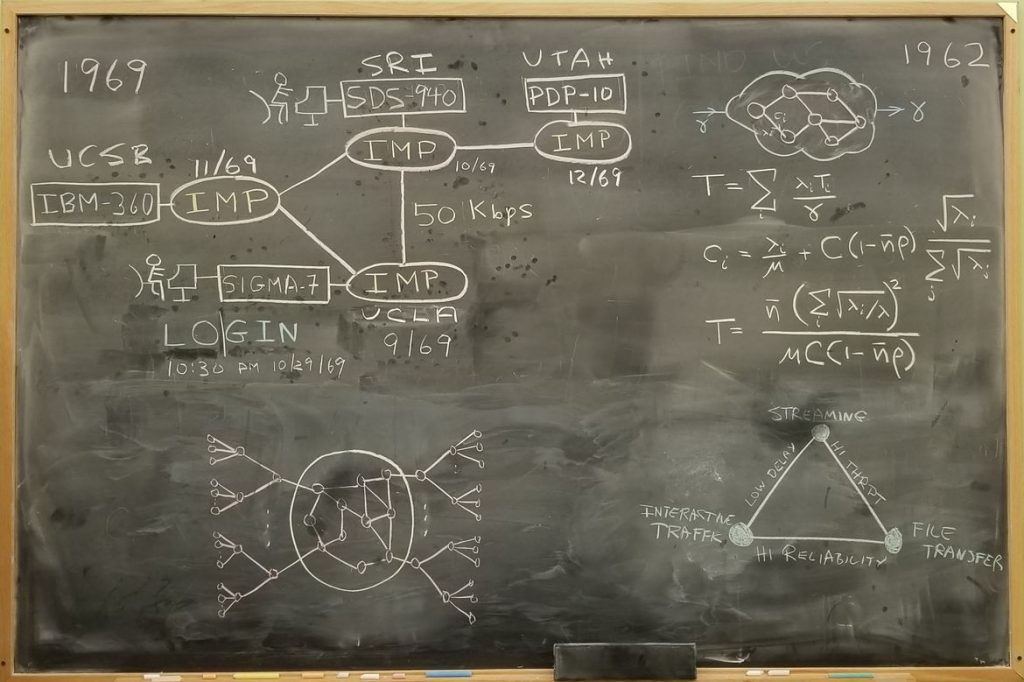
50 years ago, today, the internet was founded in a test at the University of California, Los Angeles. On 29th October 1969, Professor Len Kleinrock and his team sent the first message over a network of computers. This first message sent over a network is now what we know as the cyberspace.
The message sent over the computer network was “LOGIN” but got as far as “LO” when the network crashed. These first 2 characters was etched in history as the start of a worldwide communication revolution.
The network was named ARPANET (Advanced Research Projects Agency Network) developed by government, industry and academia. Allowed scientists and academics to share computer resources and research files between educational campuses.
2 months later, 4 transfer nodes were setup to include UCLA, Stanford Research Institute, Universities of Santa Barbara and Utah. These network nodes grew exponentially to 100 in 1977, 100,000 by 1989, 1,000,000 early 90’s to a billion in 2012. Currently serves more than half of the planet’s population.

Through the years, there have been many surprising, positive applications changing the way we go about our daily lives. The introduction of email, world wide web, file sharing, Napster, YouTube, social networking has transformed communication and business. A worrying level of harmful content is increasing over the net. Beginning in the early 90’s, email SPAM and business links brought fraud, privacy, fake news and attacks.
Future of the internet
As the internet reaches 50 years old, what do we see for its future for the next 50? The internet will become hidden and built into walls and surroundings. As we walk or drive we’ll engage on the go without the use of devices. The Internet of Things will bring more services into our homes. These IoT devices are becoming more automated with less human interaction. They will work straight from the box and self configure to their environment.
Many internet inventions are appearing daily and, with global access, fast moving technology, global preferences and disruptors affecting its direction.

